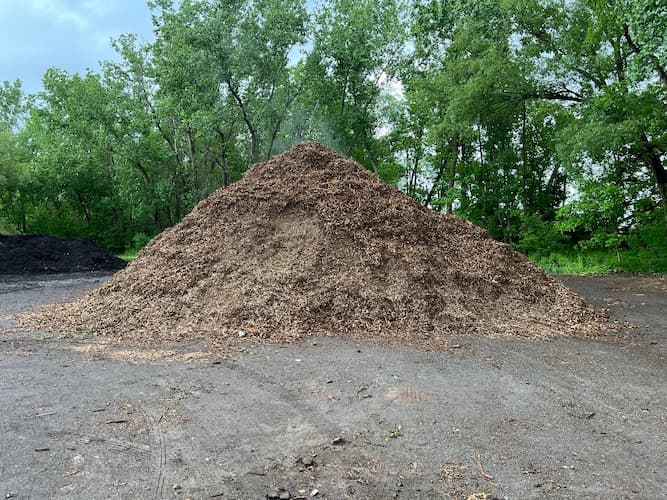The Three Stages of Compost

About the Stages of Composting
There are three stages of compost. During the stages of composting, different things are going on with the materials. First, there is the raw material stage. Next, is the in-process stage as the material decomposes. Finally, compost reaches the finished state where the compost is ready to use.
Raw Material Stage
The materials you collect and use for composting are raw compost. The process of decomposition has not yet occurred or may be occurring very slowly. So, the valuable minerals and nutrients in the raw materials are not yet available to your plants. You can use these raw materials by burying them in a Compost Honey Hole or a Honey Trench where the raw materials will decompose unseen underground over a period of time. However, the materials in raw form can cause more harm than good for your plants. They need to decompose to release the valuable minerals and nutrients.

Decomposition Stage
As compost materials begin to decompose it is often called “Hot” for two reasons. First, decomposing compost is generally very high in nitrogen, which in high concentrations can burn your plants.
Secondly, the process of decomposition produces heat. The heat can get so high that the pile ignites. This is not uncommon in large town composting piles. Look closely at the picture above, and you will see a little smoke rising from a municipal compost pile. Now, don’t worry. This rarely happens in home composting as the piles are much smaller. And the temperature of the finished material has cooled down.
Finished Compost Stage
Your compost is finished, when the materials have broken down and decomposed into very small particles. The material is soft, looking a lot like peat moss.
It is now ready for use in your yard and garden as a mulch, or to feed your plants.
Tip: It’s a good idea to test the pH level of the finished compost. See Compost pH.
Related Articles
People who like this article will also like:
Activators and Inoculators – They help to speed up the process.
Preparing Raw Materials – Shredding and ripping material into smaller pieces.
Please support our site. Shop for:
- rmmatthews100@hotmail.com
- 585-721-6528
- Rochester, NY
©1999-2024 GardenersNet.Com, All Rights Reserved

